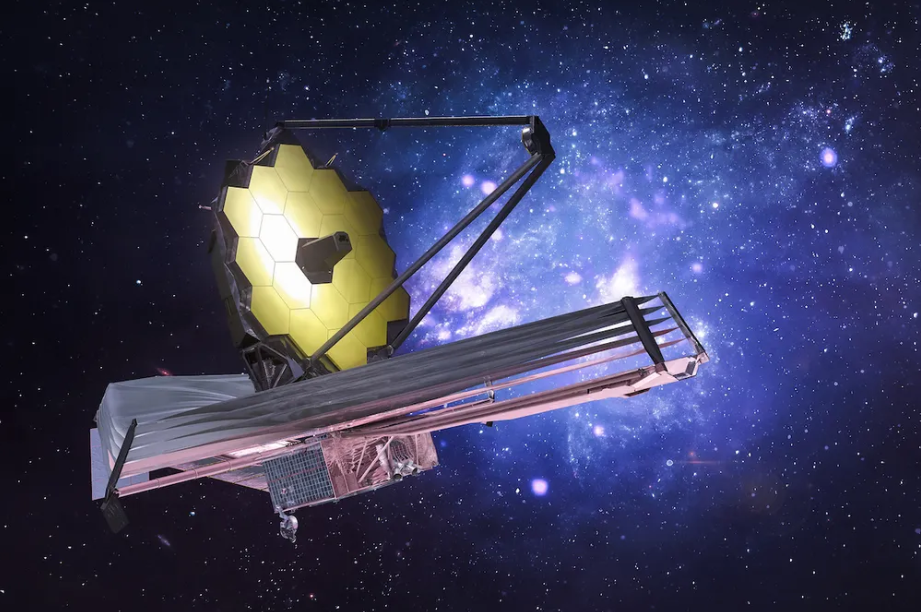In recent months, the United States has seen significant advancements in satellite technology and several key launches that are reshaping the landscape of space exploration and communication. These developments highlight the increasing role of satellites in various sectors, including telecommunications, environmental monitoring, and national security.
SpaceX and Starlink
One of the most notable developments has been the continued expansion of SpaceX’s Starlink satellite constellation. Starlink aims to provide high-speed internet access to underserved and remote areas across the globe. As of late 2023, SpaceX has successfully launched thousands of Starlink satellites, significantly enhancing its coverage. The company has been working to improve service reliability and reduce latency, making it a viable option for residential and business users alike.
In recent news, SpaceX announced plans to expand its Starlink services to more countries, including rural areas in the U.S. and regions in Europe and Asia. This expansion is expected to bridge the digital divide, offering internet access to communities that have historically struggled with connectivity. As part of this initiative, SpaceX is also exploring partnerships with various local governments and organizations to facilitate the deployment of Starlink in areas with limited infrastructure.
National Security and Defense Satellites
The U.S. government has been increasingly focused on enhancing its satellite capabilities for national security purposes. The Department of Defense has invested heavily in the development of advanced reconnaissance and surveillance satellites to support military operations and monitor global threats. Recently, the National Reconnaissance Office (NRO) announced the successful launch of a new generation of spy satellites designed to provide real-time intelligence and improve situational awareness for military planners.
These satellites incorporate cutting-edge technologies, including advanced imaging systems and artificial intelligence, to process vast amounts of data quickly. The integration of AI allows for more efficient analysis of satellite imagery, enabling military and intelligence agencies to respond to threats more rapidly. This investment in satellite technology reflects the growing importance of space in national defense strategies and the need for robust capabilities to monitor adversaries.
Environmental Monitoring and Research
Another area where satellite technology is making significant strides is environmental monitoring. NASA and other organizations have been launching satellites designed to study climate change, natural disasters, and other environmental phenomena. The recent launch of NASA’s Landsat 9 satellite is a notable example. Landsat 9 will continue the critical work of monitoring Earth’s land surface, providing essential data for understanding land use, deforestation, and agricultural practices.
Landsat 9’s advanced sensors will allow scientists to gather more detailed images and data than ever before, contributing to research on climate change and resource management. The information collected by Landsat satellites has proven invaluable for policymakers, environmentalists, and researchers seeking to address pressing environmental challenges.
Commercial Satellite Ventures
In addition to government initiatives, the commercial satellite sector in the U.S. is thriving. Companies like Planet Labs and Maxar Technologies are leveraging satellite imagery for various applications, including urban planning, disaster response, and agriculture. These companies are utilizing small satellites to capture high-resolution images of the Earth’s surface, offering businesses and governments critical insights into various issues.
Planet Labs, for example, operates a fleet of small satellites that capture daily images of the Earth, enabling organizations to monitor changes in land use, track deforestation, and assess the impacts of natural disasters. As the demand for satellite data grows, these commercial ventures are positioned to play a vital role in providing real-time information for decision-making.
Future Prospects
Looking ahead, the future of satellite technology in the United States appears promising. Continued investments in research and development are expected to drive innovation, resulting in more advanced satellites with enhanced capabilities. The collaboration between government agencies, private companies, and academic institutions will be crucial in fostering a thriving satellite ecosystem.
As satellite technology evolves, its applications will expand further, impacting various sectors, including telecommunications, defense, environmental monitoring, and scientific research. The integration of artificial intelligence, machine learning, and improved sensor technology will enhance data collection and analysis, enabling more informed decisions and strategies for addressing global challenges.
In conclusion, the recent advancements in satellite technology and the successful launches in the U.S. reflect the growing significance of satellites in our daily lives and the broader implications for national security and environmental stewardship. With ongoing innovations and increased collaboration across sectors, satellites will continue to play a vital role in shaping the future of space exploration and Earth monitoring.



